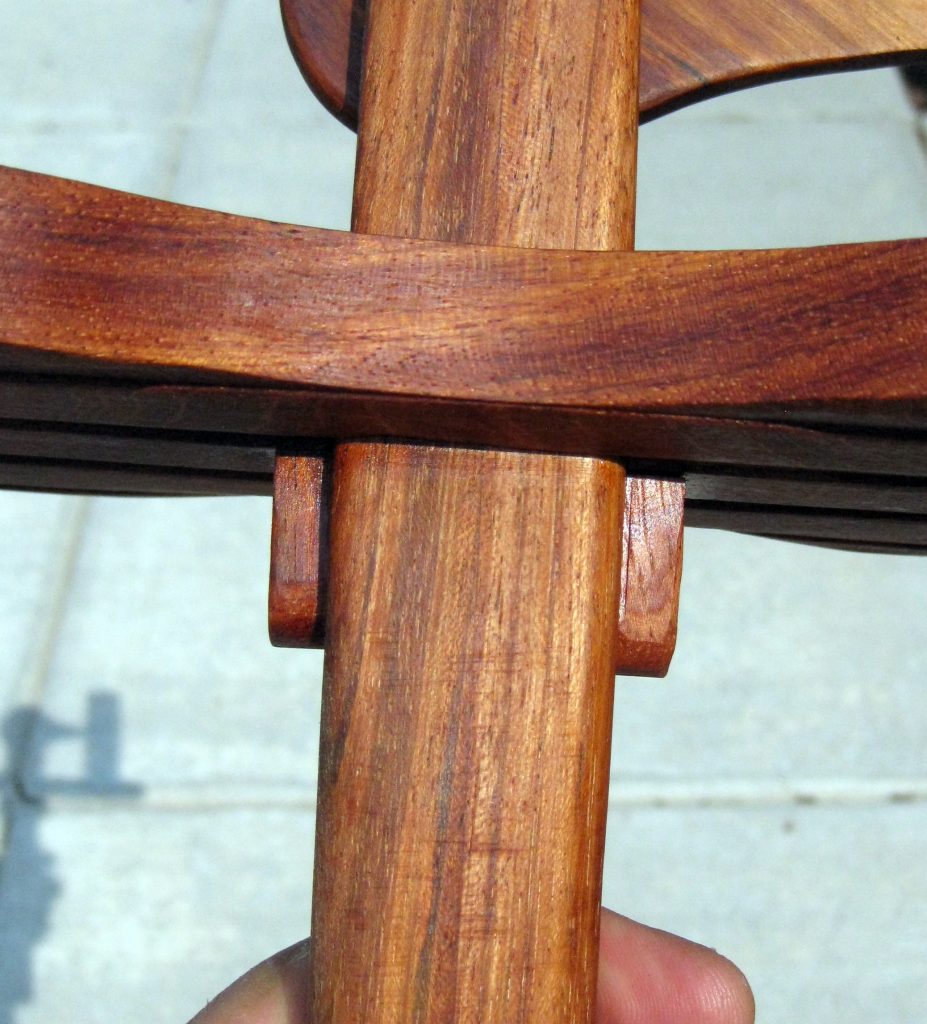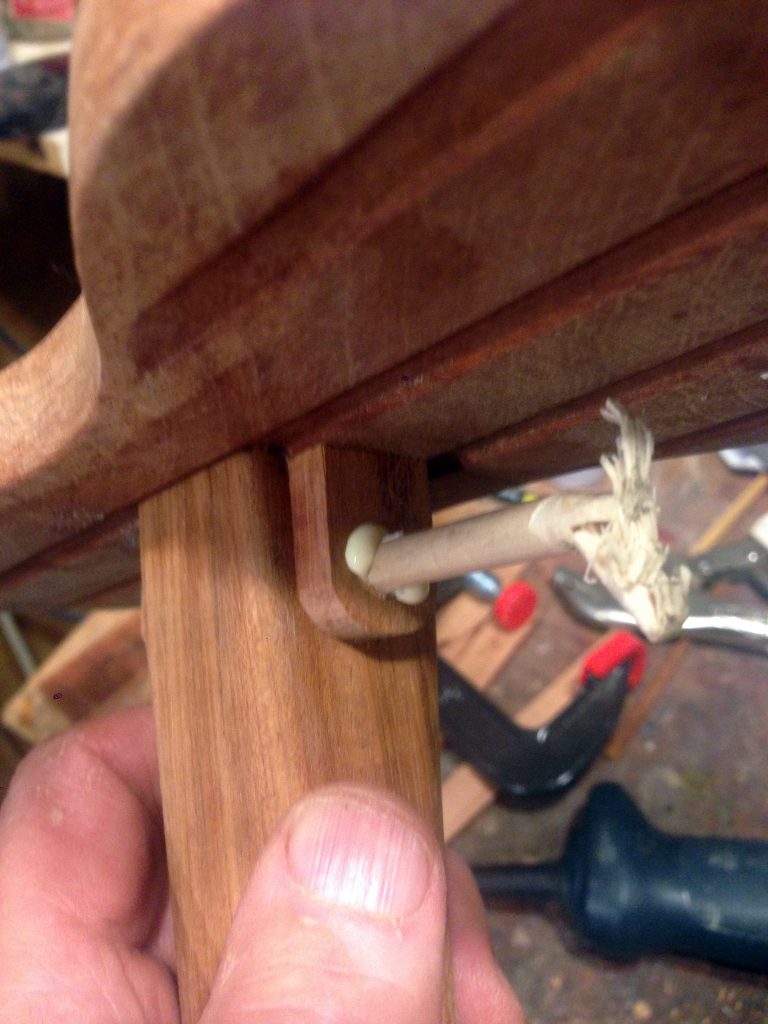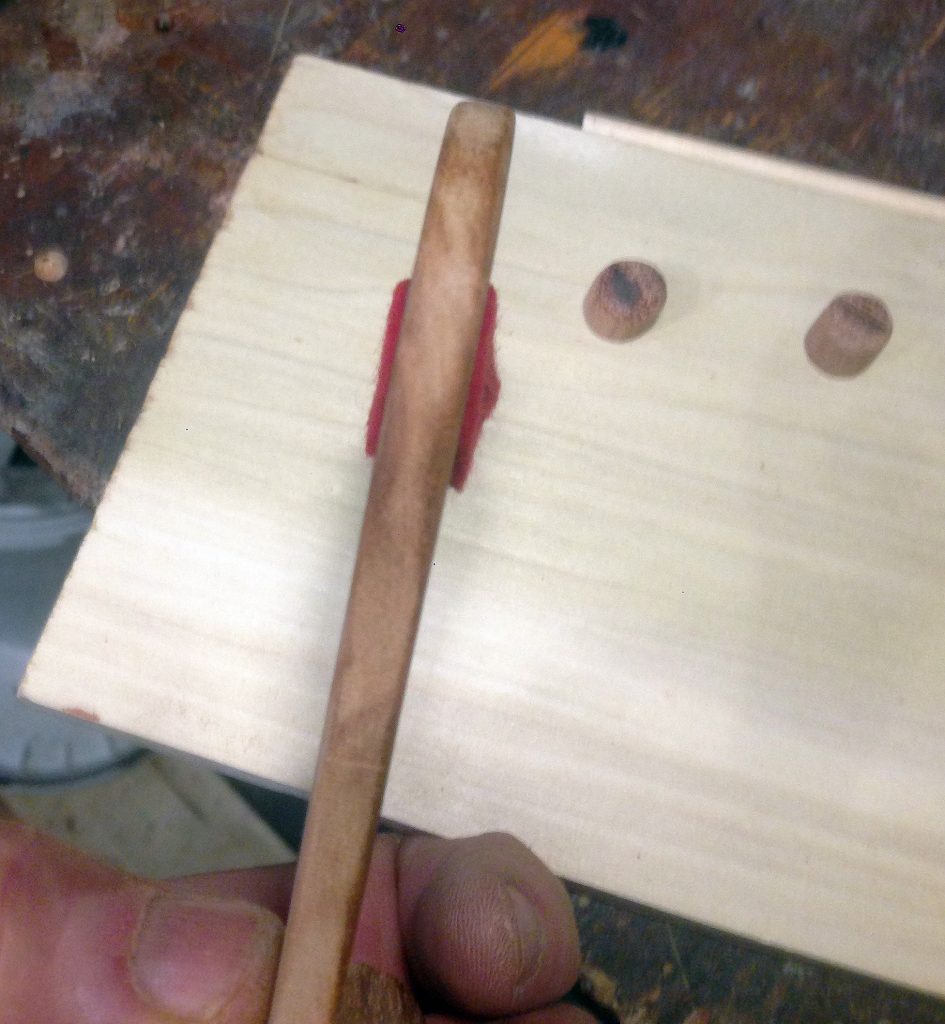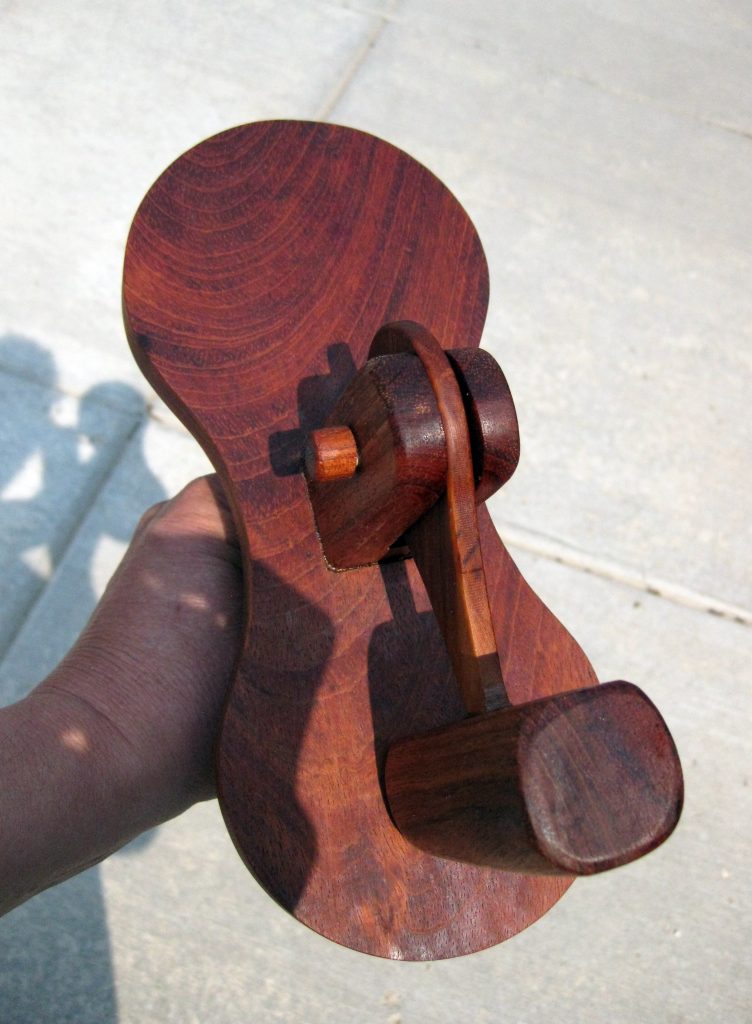Following is an excerpt from an article on “A Monk’s Chronicle”, a blog you might like to visit. It explains the wonder and beauty of this unusual liturgical instrument.
Now the vast majority of people haven’t the faintest idea what a crotalus is or what it does. What it is is a wooden clapper. What it does is wake us up and call us to pray during the 48-hour interval between the Holy Thursday Eucharist and the Easter vigil. During that span the bells of the church fall silent, marking the period of the passion of Christ. Only at the Gloria of the vigil service at Easter do they peal out again in joy. In the meantime, the crotalus does duty for the bells.
Once upon a time the majority of Catholic Churches used the crotalus during the Triduum, but by and large the crotalus has fallen out of general use, except in monasteries. And so, during this two-day window, the crotalus summons us to prayer with its distinctive wood-on-wood clapping sound. There is no mistaking it, and for monks it is the once-a-year sort of sound that threads the years together. But what gives it a special eloquence is its ability to pierce through the many sounds that pervade the monastery during these holy days.
There’s no denying that the crotalus serves many useful purposes, one of which is quite secular. For those hard-to-shop-for people who seem to have everything, the crotalus is the answer to a prayer. I can almost guarantee that if you give a crotalus this Christmas, they likely won’t have one. And if it deflates their ego that you found something they did not have, it could very well be the wake-up call they’ve been needing.
But in the context of Holy Week, the crotalus serves another useful purpose. Just when spring seems hopelessly out of reach, and just when it seems like we’ve heard it all before, it cuts through the white noise around us. Both the crotalus and the Triduum remind us that, in the dead spots of life, there is resurrection and renewal. And they serve to remind us of one thing that Jesus continues to say to each of us: “Let those who have ears to hear, listen.”





















